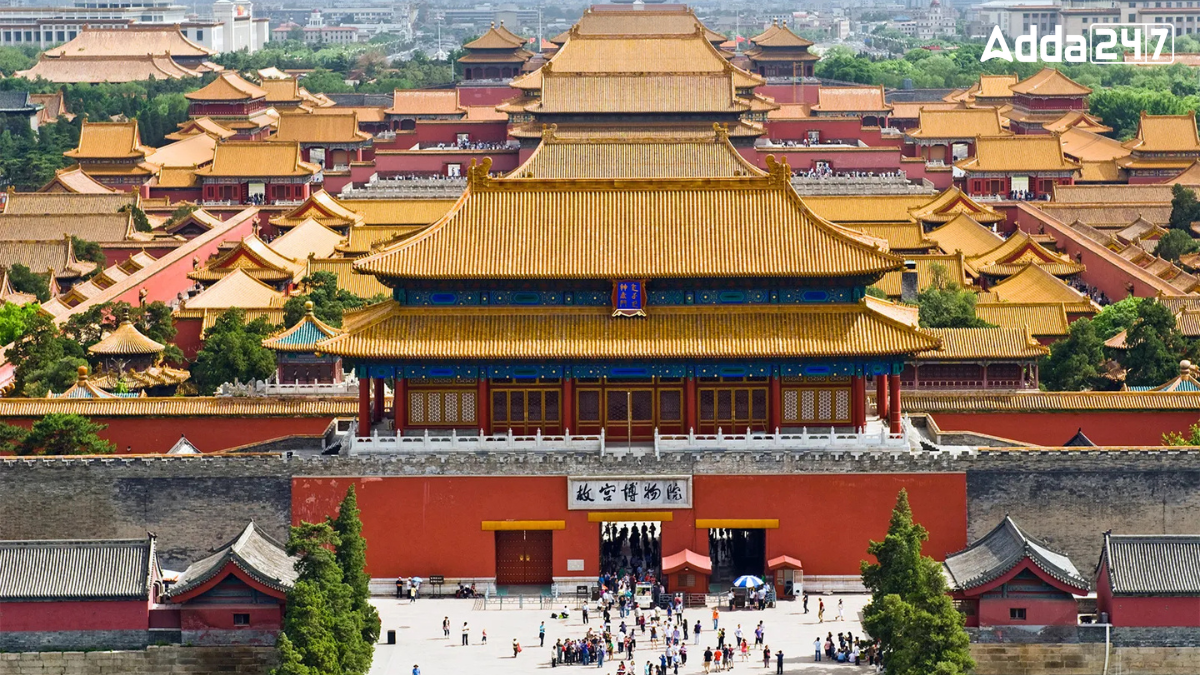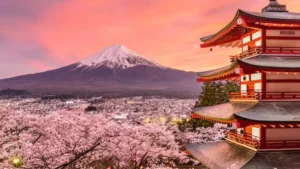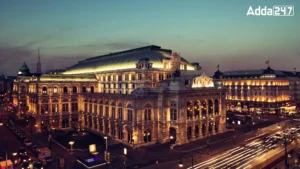The Forbidden City is one of the most famous historical places in the world. It is a large and beautiful palace that was once home to kings and rulers of ancient China. For many years, normal people were not allowed to enter it. This made the place very special and secret. In this article, we will learn about this amazing and important place.
An Overview of China
China is a large country in East Asia with a long history and the world’s biggest population. It shares borders with many countries and touches the Pacific Ocean. China covers a huge area, almost the same size as the United States. It is also known for its fast-growing economy, now the second biggest in the world. China plays an important role in world politics and trade.
The Forbidden City in China
The Forbidden City is located in Beijing, the capital of China. It was the home of emperors during the Ming and Qing dynasties. It is called the “Forbidden City” because ordinary people were not allowed to enter without special permission. Only the emperor, his family and top officials could go inside. It was seen as a sacred place, making it highly restricted to the public.
Why is Beijing Known as the Forbidden City?
Beijing is called the Forbidden City because it was once the home of Chinese emperors during the Ming and Qing dynasties. This large palace complex was known as the imperial palace, and ordinary people were not allowed to enter. Only the emperor, his family and top officials could go inside. The emperor was seen as the “Son of Heaven,” so the palace was considered sacred. In Chinese, it is called Zijin Cheng, meaning “Purple Forbidden City.” Today, it is known as the Former Palace (Gugong) and houses the Palace Museum.
An Overview of Beijing
Beijing, also known as Peking, is the capital city of China. It has over 22 million people, making it the world’s second most populated capital. It is China’s second largest city after Shanghai and is in Northern China. Beijing has 16 districts and is directly governed by China’s central government. It is mostly surrounded by Hebei Province and close to Tianjin, forming the Jing-Jin-Ji region.



 Which Country is Known as the Land of Ch...
Which Country is Known as the Land of Ch...
 Which Bird is known as the King of Birds...
Which Bird is known as the King of Birds...
 Which City of Austria is Known as the Ci...
Which City of Austria is Known as the Ci...







